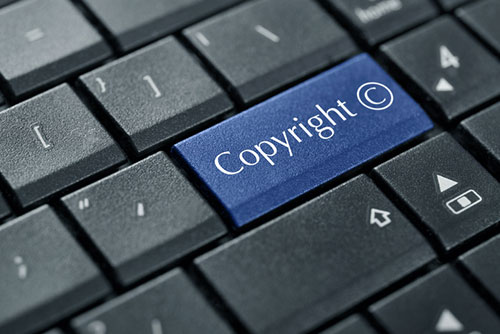Copyright Confusion?

Most people have a reasonable idea of the concept of a trade mark or patent, but copyright can be really confusing. Simply put, copyright is a bundle of exclusive rights that an owner can exercise in relation to defined categories of “copyright works”, the most common of which are “artistic works” such as photographs or graphic designs, or “literary works” such as magazine articles or books. Probably the most important right of the copyright owner is the right to reproduce their work and prevent someone else from doing so without their consent.
Issues involving copyright are common in business, for example designing the logo/brand for your business, or putting together promotional documentation, and because you want to protect your place in the marketplace, you need to protect your intellectual property in those works. Keep in mind that when developing a brand there are likely to be both copyright and trade mark issues involved.
Let’s consider a straightforward example. You commission a graphic designer to develop a logo for your business, which you intend to register as a trade mark with IP Australia. In most cases you will be provided with an image, usually in .PNG or.JPG format, which you can then use for promotional media, such as your website, brochures and business cards. However, that image cannot be readily changed and modified, because the designer has retained what is known as the “RAW” files (not an acronym by the way!). These are files which form the basis for the end product, which enable the designer to edit, change and modify their design, unlike the image file which is provided to the client, which cannot be easily modified, apart from changing its orientation and size.
This is where the confusion about copyright can arise. On the one hand the client, not surprisingly, thinks that they will own all rights in the design, because they paid for it and should be able to change it in whatever manner they think fit, whereas the legal and commercial reality is that unless the copyright in the image has been clearly transferred to the client, then the copyright in the design in most cases belongs to the graphic designer, who in turn grants a limited licence to the client to use the design for the envisaged purpose.
On the other hand, the reason why most graphic designers want to retain control and ownership of their RAW files is to prevent the design being drastically changed by the client or another designer, which could result in a competitor modifying the design and the possibility of reputational damage to the original designer, if the second designer makes a hash of it.
So what’s the solution? If you are a graphic designer, make it abundantly clear in your terms and conditions what rights are actually being transferred to the client and perhaps charge a premium if RAW files are being transferred. If you are a client, then clearly understand what you intend to use the design for and make that clear to the designer, and if you envisage needing the RAW files, then ensure that they are transferred to you (preferably without paying a premium for them!)
Either way, if you have any problems, please contact us for further advice.


